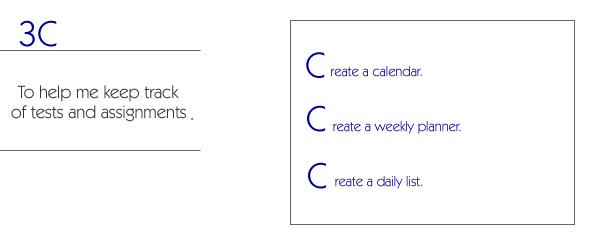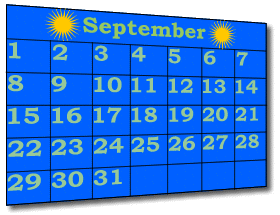 |
|
|||||
|
|
|
|
|
|
|
|
| |
|
|
||||
 |
|
C
reate a calendar for the marking period.
|
 |
|
C
reate a weekly planner.
|
 |
|
C
reate a daily list.
|
 |
|
|
|
|
|
|
|
|
|
|
|
 |
||||||
|
|
|
||||||
|
|
|
||||||
|
|
|
|
|
|
|||
|
|
|
|
|||||